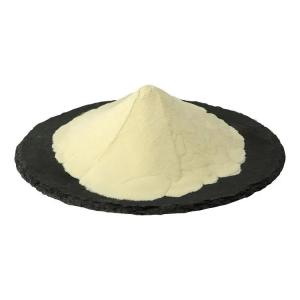News list
News Center
Hot Product
News
The role of phosphoric acid in balanced meals
Time:2025-10-16
Phosphoric acid is a widely used inorganic compound that holds a distinctive place in the formulation and processing of modern foods. Within the context of balanced meals, it serves as a component that supports food stability, preservation, and nutritional consistency, ensuring that meals maintain their intended composition and sensory characteristics.
Chemical Overview
Chemically represented as H₃PO₄, phosphoric acid is a triprotic acid known for its high solubility in water and moderate acidity. Its chemical stability and reactivity make it suitable for incorporation into a variety of food systems. The compound is derived both from naturally occurring phosphate minerals and through controlled industrial synthesis.
Applications in Meal Composition
In the preparation of balanced meals, phosphoric acid and its phosphate derivatives are often used as part of food formulations. They contribute to the consistency of sauces, beverages, dairy products, and processed foods, ensuring that these items retain their intended texture and composition. This makes it an important additive in maintaining the structural integrity of multi-component meals.
Nutritional Integration
Phosphoric acid is also connected to phosphorus-containing compounds that appear naturally in foods such as grains, legumes, and meats. These compounds are part of the nutritional matrix that provides essential minerals within a balanced diet. Its inclusion, whether naturally occurring or through regulated use in food processing, supports the even distribution of key elements across different meal components.
Quality and Safety Aspects
Ensuring that phosphoric acid is used within regulated limits is essential for maintaining food safety. Food-grade phosphoric acid is subject to strict quality control and purity requirements, which are monitored to align with global food safety standards. Analytical verification helps maintain consistency and compliance in meal production.
Conclusion
Phosphoric acid plays a subtle yet meaningful role in the design of balanced meals. Beyond its chemical identity, it contributes to the uniformity, stability, and overall quality of modern food systems. Its presence reflects the integration of chemistry and nutrition in creating meals that are both consistent and well-structured.
Chemical Overview
Chemically represented as H₃PO₄, phosphoric acid is a triprotic acid known for its high solubility in water and moderate acidity. Its chemical stability and reactivity make it suitable for incorporation into a variety of food systems. The compound is derived both from naturally occurring phosphate minerals and through controlled industrial synthesis.
Applications in Meal Composition
In the preparation of balanced meals, phosphoric acid and its phosphate derivatives are often used as part of food formulations. They contribute to the consistency of sauces, beverages, dairy products, and processed foods, ensuring that these items retain their intended texture and composition. This makes it an important additive in maintaining the structural integrity of multi-component meals.
Nutritional Integration
Phosphoric acid is also connected to phosphorus-containing compounds that appear naturally in foods such as grains, legumes, and meats. These compounds are part of the nutritional matrix that provides essential minerals within a balanced diet. Its inclusion, whether naturally occurring or through regulated use in food processing, supports the even distribution of key elements across different meal components.
Quality and Safety Aspects
Ensuring that phosphoric acid is used within regulated limits is essential for maintaining food safety. Food-grade phosphoric acid is subject to strict quality control and purity requirements, which are monitored to align with global food safety standards. Analytical verification helps maintain consistency and compliance in meal production.
Conclusion
Phosphoric acid plays a subtle yet meaningful role in the design of balanced meals. Beyond its chemical identity, it contributes to the uniformity, stability, and overall quality of modern food systems. Its presence reflects the integration of chemistry and nutrition in creating meals that are both consistent and well-structured.


 CN
CN





